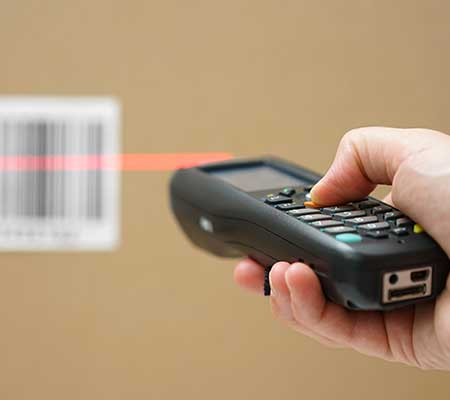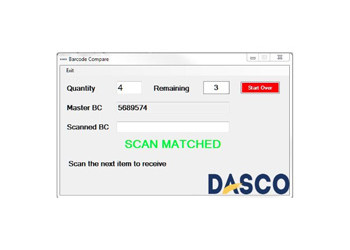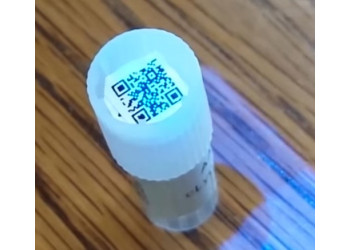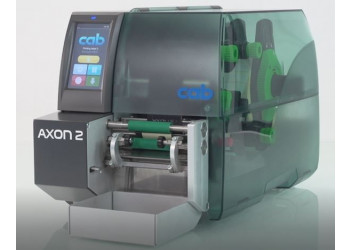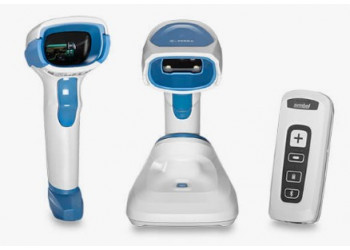How Does it work?
Creating and implementing barcode comparison programs for our customers are one of our specialties at Dasco Label. In working with our customers, we noticed that many of them were looking for solutions that allowed them to compare barcodes with each other to determine if they match and to verify data.
Barcode comparison programs use a barcode reader to scan a master barcode and then compares the next barcode scanned data to the initial master barcode. If the barcodes match, the operator receives a high beep and/or green light, if they do not match the operator receives a low beep and/or a red light which should prompt them to investigate the difference. There are several different ways Dasco’s barcode comparison programs are being used in our customers facilities depending upon the level of verification and reporting you need in your application. Barcode comparison can be achieved with portable barcode scanners or with a scanner connected to a PC or laptop computer. Some areas where barcode comparison is being used have been outlined below.
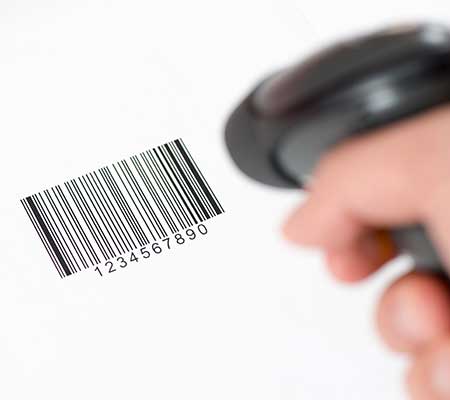
During aliquoting of specimen samples in the lab it is imperative to ensure all specimens are properly labeled and all samples are traceable to the right patient as the “parent sample.” In using barcode comparison programs you simply scan the parent label and then scan all of the child labels (patient samples) in your lab to verify the barcode data matches. If you have labels that reference a different patient or work order the scanner will notify you that you have mismatched components, allowing you to correct the error and determine the source of the mix up before inaccurate testing is done or patient results are revealed. The best method to reduce mislabeling is to use a barcode-based, semi-automated labeling verification system and to incorporate barcode verification processes to assure the correct specimen containers and identification match throughout your entire laboratory.
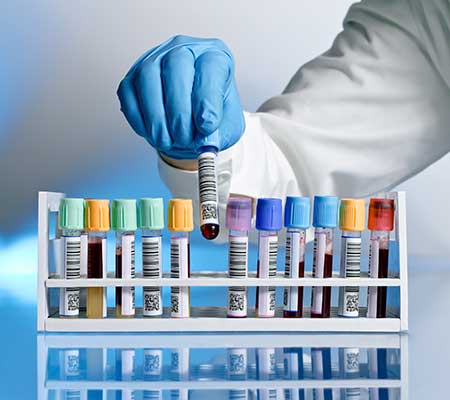
In maternity wards or NICUs it is critical to that a mother’s breast milk is only fed to their child. A barcode verification system helps ensure that there is a match between the infant’s wristband and the breast milk being provided. Before feeding any infant the nurse or caretaker must scan the barcodes on both the infant wristband and the bottle. The scanner will verify a match or alert the nurse that the codes do not match allowing them to correct the error prior to feeding the infant incorrect breast milk. This application is typically designed with visual warnings and scanner vibrations only as the beeping from a scanner can wake or upset an infant.
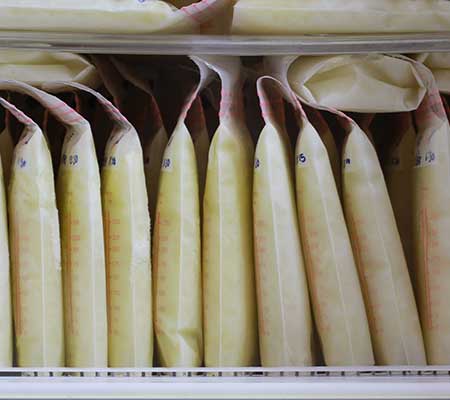
There are several applications in the warehouse that use barcode verification to ensure a product match. Within inventory management you can use barcode comparison to complete cycle counts or verify inventory levels. Simply scan a bin label and then scan individual items stored within the bin to make sure the items in each bin match the parent and your inventory levels are accurate. You can also use barcode verification when picking and packing product. Scan the item on your pick ticket and then scan the items you are picking to eliminate the chance of picking and packing an incorrect item. This is also used to ensure you pick the proper quantity of each item prior to shipment. Last, barcode verification has been used in receiving through scanning a master barcode from your purchase order and then scanning all products meant to be received to verify they match. Dasco has designed both “count-down” and “count-up” versions of this comparison program to verify the quantity of items received, dependent on your preference.
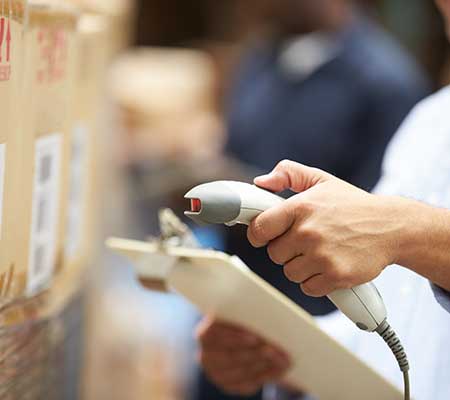
There are endless applications where barcode verification can be used across all industries. If you have an application and would like to explore how a barcode verification process can help your team cut down on errors and increase accuracy/efficiency, give Dasco a call to chat!
